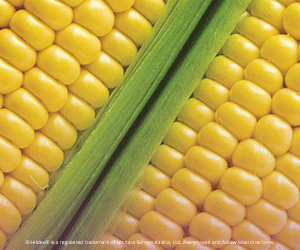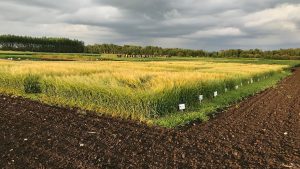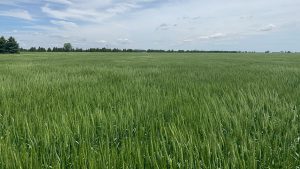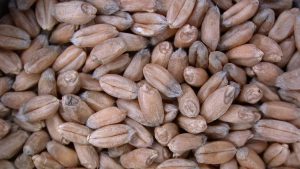Scaling up soil health research
UTILIZING PRECISION AGRICULTURE
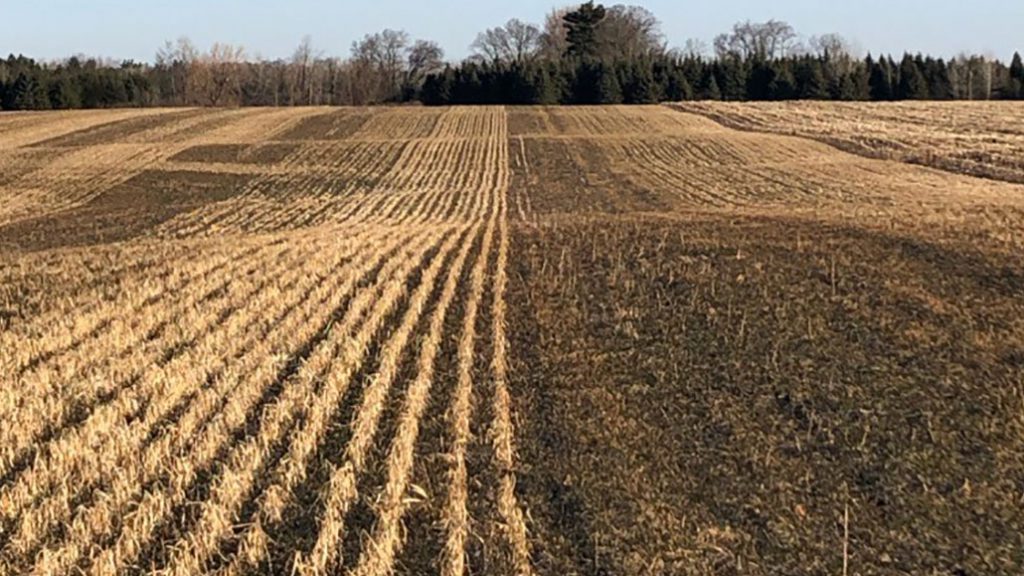
THERE ARE A lot of factors that determine whether you win or lose with cover crops. In Tony Balkwill’s mind, the soil is the primary factor that will determine your level of success.
“We were talking about soil classification when we started to look at variable rate — soil type was the ultimate driver of high and low yields,” he says.
The owner, agronomist, and precision agriculture consultant with Nithfield Agronomy, says his clients, “know cover crops work, but they want to get more out of them. They want something more concrete than, ‘Plant oats and rye and this will help your soil.’”
It may be that cover crops work best on certain soil types, but it’s difficult for small plot research to determine if this is true.
“When you want to study variability, you need some real estate to do it in.”
This is where a new research project led by Balkwill is making the vital link between precision agriculture and soil health.
The project team, which includes extension specialists from the Ontario Ministry of Agriculture, Food and Rural Affairs (OMAFRA) and University of Guelph researchers, is studying how soil type influences soil health gains made with cover crops in a standard wheat-corn-soy rotation. They hope this study will provide answers to questions like: ‘How long does it take to see improvements in soil health from cover crops?’, ‘What soil textures see improvements the fastest?’, and ‘Do multi-species mixes work better than a single-species cover crop?’
FIELD-SCALE
The experiment was established on a 40-acre field in Oxford County last fall. The fully randomized and replicated plot design was made into a cover crop planting prescription for the entire field.
“Growers understand field-scale more than small plot research,” Balkwill believes. It’s for this reason that he hopes the project and its findings will resonate with farmers.
Using the whole field means that each cover crop treatment will be exposed to changes in soil texture. Prior to planting the cover crops the team had digitally soil mapped the field to come up with different texture zones. And using geo-referencing, the team can return to the same spot within those cover crop-soil type interactions to sample year after year. A&L Labs in London is conducting the soil health testing.
Importantly, this field has not had cover crops on it before. This has confounded some previous cover crop research — especially when working with innovators — where the land that is available to work with has been managed too well.
“There’s a huge sacrificial part to these projects,” Balkwill recognizes. You spend three rotation cycles having cover crops in some spots of the field and not others, and that legacy doesn’t go away in a season.
STANDARD APPROACH
A second objective to this project is exploring standardized approaches to using precision agriculture technologies for on-farm research.
According to John Sulik, a member of the project team and professor of precision agriculture in the Department of Plant Agriculture at the University of Guelph, “there is no established, standardized approach… It’s a management problem and people tend to have different practices.”
For this project, the task of data management may be relatively easy. Being in the business, Balkwill has established his own data management system, and this experiment is only one site.
The greater challenge will be scaling this process up to be able to analyze data from many farmers using different technologies that record and store data in different ways.
Naming conventions is the first problem. Different brands of equipment may label data differently, so when you go to gather data for analysis you need to standardize the labeling scheme before you can begin your analysis.
Another problem is how the data is stored.
“You could have a nitrogen application layer, and a field boundary layer, but you can have them stored in random folders scattered throughout your hard drive, and I wouldn’t be able to locate them all efficiently.”
The solution, according to Sulik, is what’s referred to as a spatial database management system.
A spatial-relational database allows you to organize and search data, not by folders, but by spatial relationships (such as shared GPS coordinates) or other relationships between data sets.
Take a multi-year, multi-site research trial for example. With a traditional data storage system, a user first has to decide, do I organize these files by the year, and then by sites within those years, or the other way around?
“With a relational database it doesn’t matter. It’s organized by both of them, so you don’t have to make that choice,” says Sulik. “You could query by spatial location — so, find me all files that intersect the field boundary — well then I’ve found all the different application maps, treatments, this, that, and the other.”
Managing data with a database also enables easier data sharing between researchers. Instead of sending shapefiles back and forth, researchers could share the entire database. Sulik believes this is a necessary step before on-farm research projects like these can scale up.
Collaboration helps shape these projects and makes them more successful. “It’s about bringing the experience of science and research to large-scale systems… The institutional networks are deep. There’s great connection with other knowledge sources and expertise,” says Balkwill.
Cameron Ogilvie is the communications coordinator for Soils at Guelph, an outreach initiative of the University of Guelph to connect soil researchers with farmers and consumers from across the province. •


